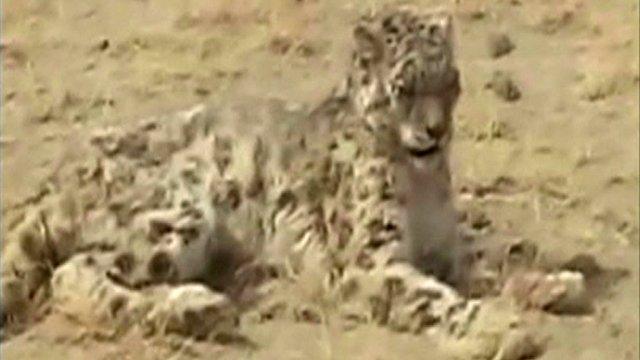Snow leopards face 'new climate change threat'
- Published
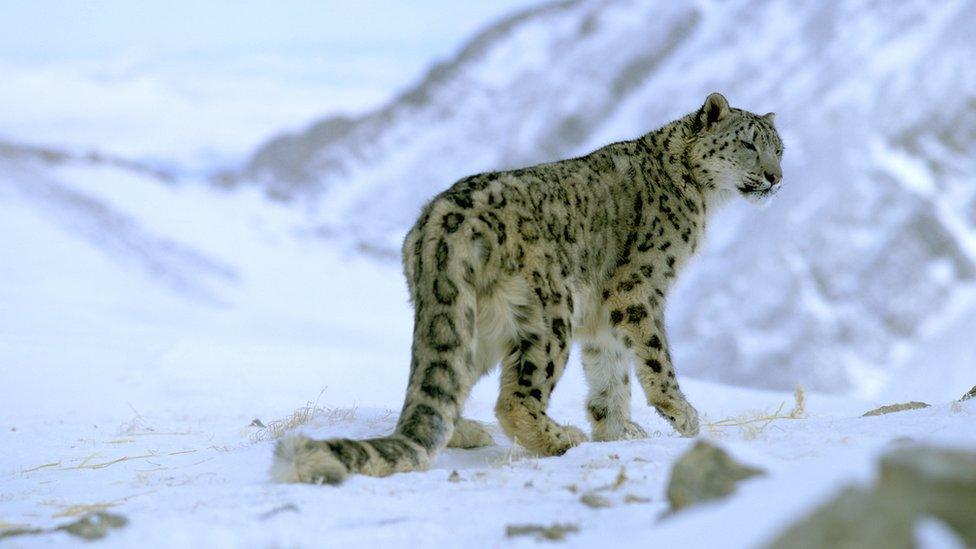
Snow leopards are a species in crisis, the WWF report says
Warmer temperatures are threatening to shrink the habitat of the snow leopard and weaken their struggle against extinction, a report says.
Conservation charity WWF says more than a third of the animal's mountain living areas could become uninhabitable because of climate change.
It says plants and trees there are not able to survive in warmer temperatures.
The report, external describes snow leopards as one of the most beautiful and enigmatic big cats.
"But it is also one of the most elusive and endangered," it says.
Snow leopards are hard to film in the wild due to their camouflage and stealthy nature
WWF says that the animal is threatened not just because of climate change but also because of a combination of other factors including:
Habitat fragmentation: the snow leopard's habitat especially in the eastern Himalayas, external - is being increasingly encroached upon by humans
A decline in natural prey, resulting in snow leopards sometimes attacking livestock, which can result in local people killing them
Illegal wildlife trade: Snow leopards are being increasingly poached, external for their body parts

The WWF report is accompanied by rare camera trap images of snow leopards in Mongolia

Snow leopards have been described by WWF as one of the world's most majestically beautiful and enigmatic big cats
Climate change will exacerbate most of these threats, the report says, further increasing the pressure on snow leopards and reducing them to unsustainable numbers in many areas.
"The Himalayas region will face a major crisis if we choose to ignore climate change. Not only do we risk losing majestic species such as the snow leopard, but hundreds of millions of people who rely on water flowing from these mountains may be affected," WWF-UK's Snow Leopard Programme Lead Rebecca May said.
The charity says that India, Nepal and Bhutan's success in increasing the number of endangered species such as tigers and rhinos could be replicated for snow leopards

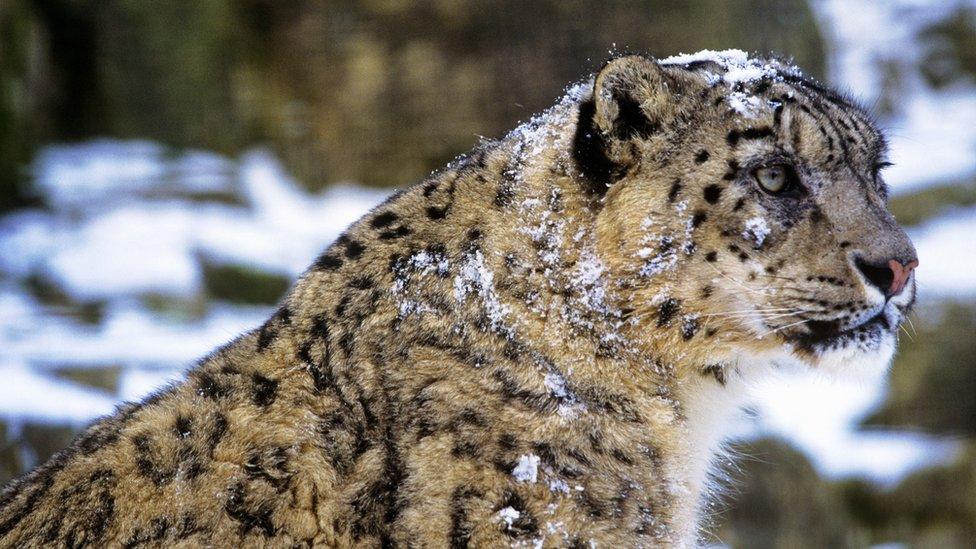
Snow leopards
Native to the mountains of Central and South Asia, it is estimated that there are some 4,000 to 6,000 worldwide
Usually found at elevations of 3,000-4,500m (11,480-14,760ft)
Solitary creatures, they usually hunt at dawn and dusk and are able to kill prey up to three times their own weight
Mostly feed on wild animals, but will also prey on livestock
Their spotted coats change with the seasons - from a thick, white fur to keep them warm and camouflaged in winter to a fine yellow-grey coat in summer
Retaliatory killings by farmers are not uncommon but are rarely reported

- Published12 April 2015

- Published19 February 2015
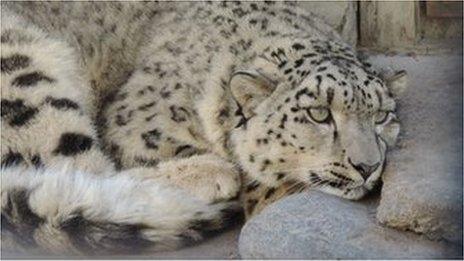
- Published8 December 2014
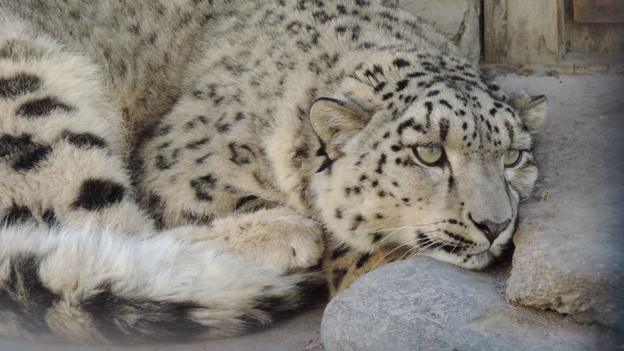
- Published26 April 2014
